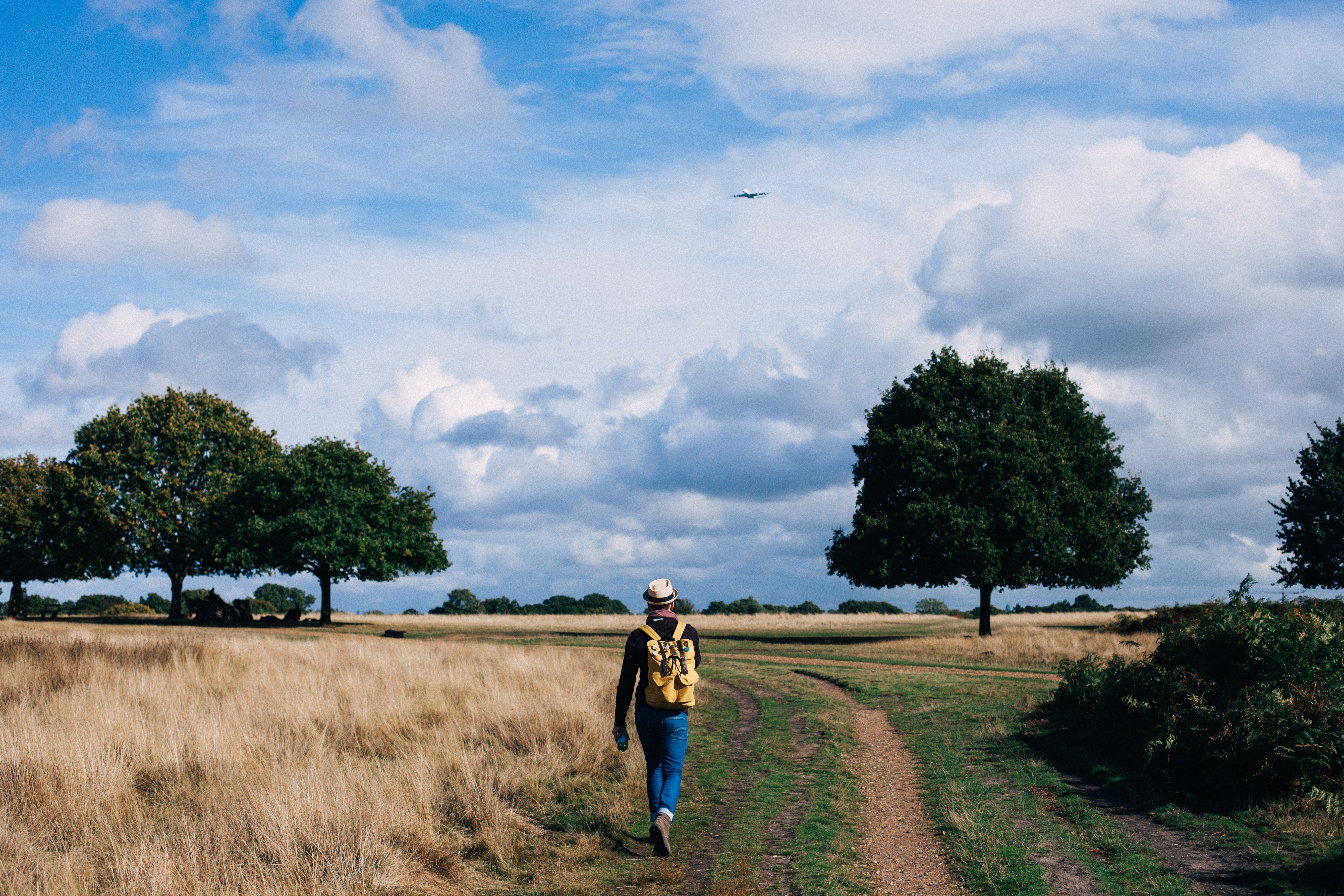Personal branding is a thing now. It always has been, but I believe it’s beengetting more and more attention recently. More people are aware of itsimportance, including the employers. Giving you a big paycheck, assuming you’regood, is obvious. Providing opportunities to flourish and build your personalbrand is something an increasing number of companies are trying to seduce youwith.
While working in the algorithms group at Taboola, I was encouraged by thecompany to share my knowledge with the data science community. It has motivatedme to embark on a journey to build my personal brand as a data scientist, and Iwant to share how I did it with you.

Choosing Your Path Wisely
There are many paths you can choose in your journey to build your personalbrand. The problem is that your time is limited. There’s a lot of uncertaintyabout each path and its outcomes, so it’s best to make educated decisions.
There are several criteria by which I judge each path:
How likely is it that I’ll get to the finish line?
This is the mostimportant criterion when you just start building your brand. If you fail on thefirst path you tried, it’s gonna be a motivation killer, and you’ll quit.
How much time will it take?
Together with the previous criterion, itenables you to better manage your time. Maybe it’s ok to choose a risky path,given it’s only gonna take you a small amount of time.
Will I learn something new?
Data scientists have to position themselves asexperts in their domain. In order to be an expert, you must keep learning allthe time.
What will the final product be?
At the beginning of your journey, theproduct can be mild — maybe a nice blog post for beginners. As you gain moreexperience, you should put more emphasis on doing more meaningful things. Maybea blog post about an advanced aspect of ML, or even trying to win a Kagglecompetition.
Will I enjoy walking along the path?
At the end of the day, we do what wedo for fun, right? :)
So which paths exist?
The Roadmap

1. Blogging
For me, it’s the path of choice. The advantages of having an active blog aremany. But how do you choose what towrite about?
The most obvious option is to write about something you worked on as part ofyour job. Most people do interesting things. The sad thing is, they’re not awareof it. They think their daily tasks won’t be interesting to others. I claim itto be not true.
Another option is to write a post about a paper you’ve just read. I believeproviding value is important — merely summarizing a paper can be done by almostanyone. You must make your post unique. I love to write code that accompaniesthe post, for instance. In fact, most of my posts are Jupyternotebooks.There is plenty of ML material on the web, but code samples that demonstrate howthings actually work are hard to come by...
A third option, which is for the more experienced data scientists, is to writean opinion post. Why is it for the experienced? Inexperienced data scientistswill be able to deliver their tasks. Experienced data scientists will be able tostate their opinion about what is the best way to do so. Which framework isbetter for the task? Is this paper any good? When should you use thisvisualization and not the other?...
Another somewhat harder option would be to write a post as if you were trying toteach a subject in class. You’ll want to write the post in a concise, short, tothe point manner. If you can do it well, there’s a lot of value in it. In myIntro to Statistical TestspostI took a well-known concept — statistical tests, and tried to explain it tonewcomers. I also added code, so it’d be even easier to comprehend. Writing thiskind of post will allow you to better understand the subject yourself!
2. Working on a side project
Try to think of a cool project you can build in a couple of weeks/months,without putting too much time into it. Once you’re done, you can show theproject to the world!
Recognizing in advance that one of the goals is to share the project, you canchoose which project to do more wisely. For example, solving MNIST won’t beinteresting. You must choose something original. Here’s an example of a post Iwrote about WordMorphing which Ibelieve was interesting because of its originality.
One of the cool things about side projects is that besides the project itself,you can write a blog post about it. If you have an idea of a project which isthe material for a blog post — it’s a great sign the project will be good.
3. Kaggle competitions
Try to compete using a model you’ve never tried before. You might not win, butyou will gain knowledge and a bit of experience with that new model, which youcould share using a blog post! The winners of Kaggle competitions write blogposts all the time. There’s no reason why people who don’t win won’t write blogposts as well.
4. Meetups and conferences
Strive to give talks at interesting Meetups/conferences. The first time I gavea talk at a Meetup wasbecause Taboola was asked to give one, and I took the bullet. Only after thetalk did I realize what a cool and fun experience it could be.
When I heard about Reversim summit, thefirst thing I did was to submit a talk proposal. Submitting is easy, and no harmis done if your proposal gets rejected. I was lucky enough to get mineaccepted.Don’t get me wrong, it required preparation. But there’s a lot of value in it.
Even if you just attend an interesting conference without giving a talk, you canwrite a blog post about it. It builds your brand as someone who goes toconferences and shares knowledge with the community. Here’s an example of apost I wrote after attending aninteresting conference.
5. Contribution to Open Source projects
If you become a significant contributor your brand is gonna shine. If we’re onlytalking about small contributions I’m afraid it might not do. But that’s thenice thing though — you can put in a small effort, see if you like it, and ifyou do — invest more time in it with the goal of becoming a significantcontributor.
6. Publishing a paper
If you have published a paper in a known proceeding, it’ll positively affectyour brand. But if you’re not in the academy, or if you don’t work in a companyin which it’s part of your job to publish papers, then the risk is huge. You’llneed to put a lot of effort and time, and there’s a high probability your paperwon’t be accepted.
I was lucky enough to publish a paper with my coworkersatTaboola,but I’m afraid I won’t go through this path in my spare time — because of therisk.
Final thoughts
Building your personal brand is a journey. There are no right or wrong paths totake. It’s all about your style, what you like more, and how much time you haveto put into it. I believe that all data scientists should put some effort intospreading their knowledge. It can be fun, and it’s awesome for your brand, aswell as the brand of the company you work at.
Do you have some other path you’ve taken that worked better for you? Let theworld know by dropping a comment!

